
Learn from the experts with our online training course!
Use the code BUILD for 20% off
Learn from the experts with our online training course!
Use the code BUILD for 20% offRenovating an old home can make an exciting project, giving you the opportunity to create a property that suits your lifestyle and design preferences while retaining the character of its shell.
This process comes with a weight of pros and cons, though, and making sure you’re properly prepared before you begin is key to success. It’s all about knowing what can make a good, functional home and if it’s going to get you a good result for your budget, while staying up to date with your local planning regulations and hidden costs along the way.
This will involve ensuring you’re sticking to budgets and setting up contingency funds, employing certified trades and being organised with project management to make sure you’re not falling behind.
To help you make a success of your renovation project from the get-go, here we lay out the top 10 renovation mistakes to avoid.
Not all homes have good renovation potential – you must take time to observe, research and understand the property before investing in it. To uncover a building that you can genuinely add value to, calculate whether the purchase price and cost of improvements is less than the predicted end value.
Call in expert help and get a detailed survey; for a renovation, it’s wise to opt for a RICS Level Three Survey, or the equivalent. This will offer a comprehensive analysis of the structural condition and provide advice on repairs – which you can use to work out realistic prices.
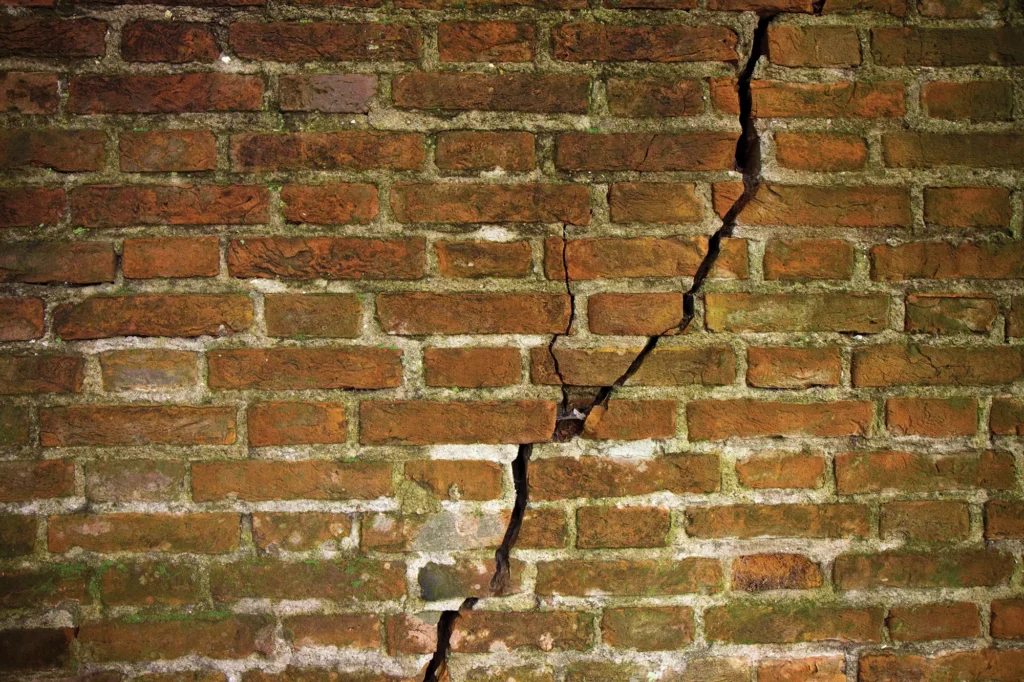
A formal building survey will point out any red flags that you need to be aware of before proceeding with a house purchase. It will set out the difference between cosmetic and structural issues, and list the repair work needed to bring the property up to standard. Photo: istock.com/france68
Think carefully about the location and it will be appealing to future buyers – proximity to transport and key amenities is important. The old adage rings true, too; it’s much better to invest in the worst property on a good street than the best property on a bad one.
Pricing up a renovation project? Take a look at our guide to House Renovation Costs: Real-Life Project Ideas & Budgets
No matter how much you plan, not everything is straightforward on a renovation –expect the unexpected. Trades may take longer than you planned for, materials may cost more and deliveries won’t always come on time.
Plus, there’s the potential that you’ll uncover a defect that wasn’t not on your radar, meaning you have to be flexible regarding your timeline and the additional labour costs.
To protect yourself from delays and any surprises you may find, you need a good contingency fund. The golden rule is to add 20% to your overall project cost to account for this. If you don’t have the funds, should you be doing the job?
Learn More: Buying Building Materials: Quantities, Quality & Lead Times
CASE STUDY: Family-Focussed Edwardian House RenovationSara Hamilton and Steve McMahon joined their households together under one roof and undertook a major renovation to rework this striking Edwardian villa in Muswell Hill. However, the best-laid plans didn’t quite materialise. “Early into the building contract a number of large unforeseen works blew the contingency and forced a major revision of the scheme,” says their architect, Ed McCann.
The team had an open conversation about doing things differently whilst maintaining the character of the house and subsequently rethought the top of the building, which had been a cramped loft conversion. Rather than introducing a brand new stairwell, the original ones were retained but revitalised with large internal openings and glazed screens throughout. |
There is no point in prioritising interior fixtures and fittings over the home’s physical structure. It’s easy to start shopping for the perfect timber floors and a freestanding tub, but these things are all nice-to-haves and not essentials.
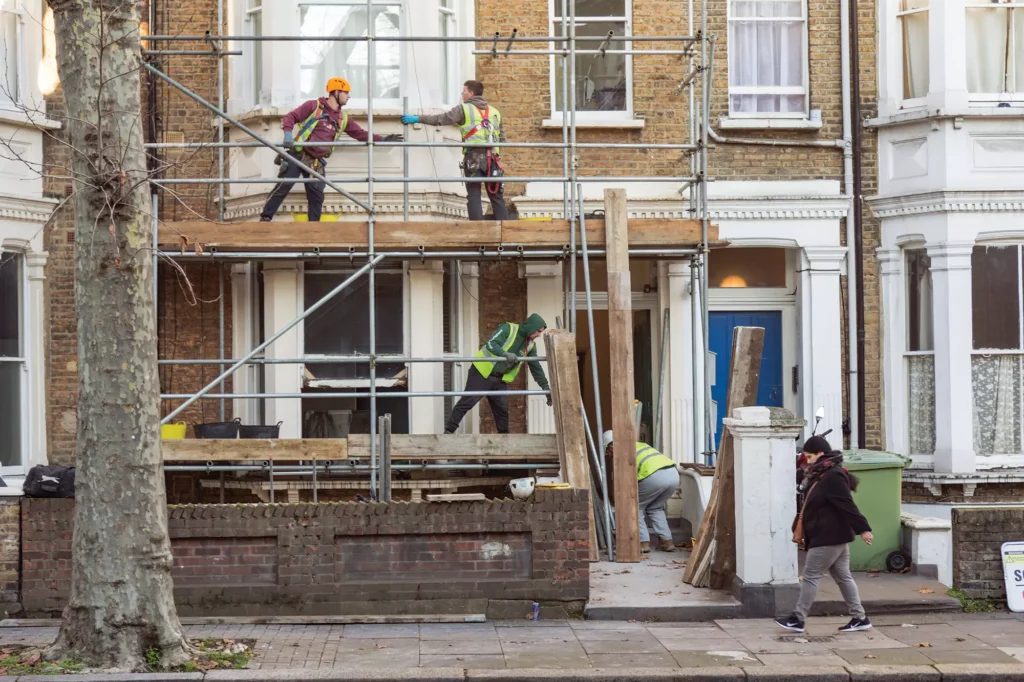
Location is king, so picking a project in a desirable area is the best option. Think about the vicinity and the proximity to transport, schools, hospitals and local amenities. Be careful though: look at the ceiling price of houses in the street and try to ensure your project isn’t pushing the budget way over the predicted resale value. Photo: istock.com/Kauka Jarvi
If you cut corners when improving the building fabric, it’s a mistake you’ll regret in the long term. Make sure that you take care of insulating the home, replacing an inefficient heating system, fixing windows and making good any weak spots – commonly drainage and guttering – by installing new roof felt and replacing any damaged areas of brickwork. If you ignore this, you’ll pay for it in the future.
Read More: Expert Guide to Home Insulation – The Best Ways to Reduce Heat Loss & Stay Warm
Many people take on a home improvement project or renovation because they are excited about getting their hands dirty. You can save money and gain an incredible sense of fulfilment, but equally, you can delay your entire project and have to shell out for repair work. Bad DIY wastes time and money.
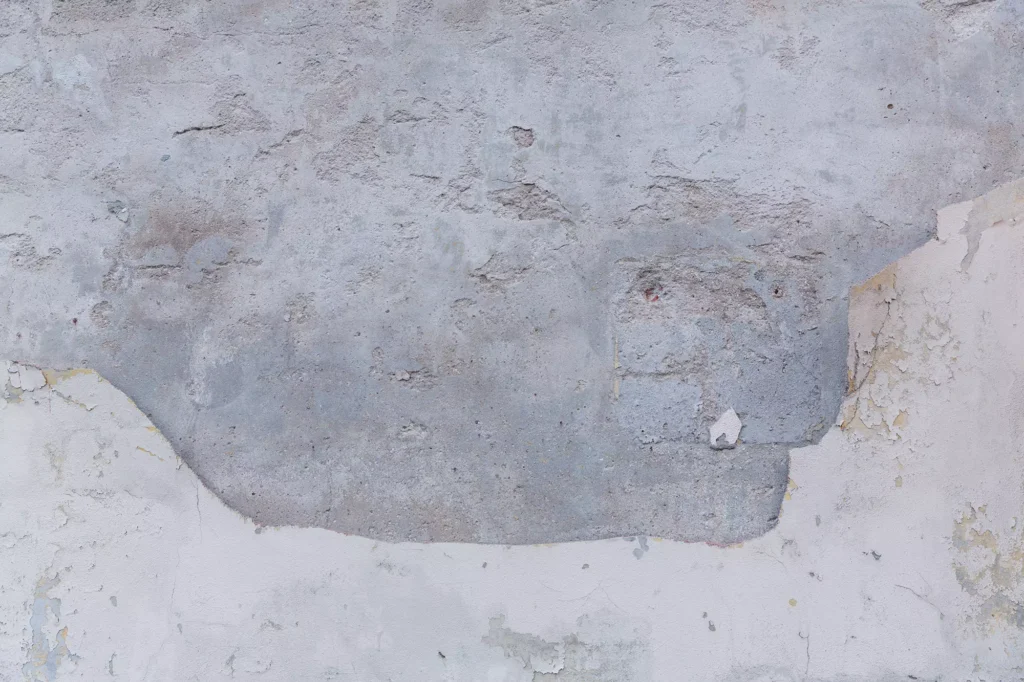
Taking on DIY jobs on a renovation might sound appealing – but you must know your limits. Leave specialist jobs, such as plastering, to the professionals or you may end up having to pay an expert to redo your mistakes. Photo: istock.com/ Ramaboin
Electrics and plumbing are not for novices because of safety, and elements like plastering can look shockingly bad if not done properly. Think carefully about what your skills are, how much time you can dedicate to the job at hand, and whether your investment in the training and tools are worthwhile. Financially, you’ll often make more money sticking to your day job and paying for professionals.
Read More: Home Renovation Guide: Heating, Plumbing and Electrics
We know that renovation projects add value, but not all improvements are equal and have the same investment to outcome value ratio. For example, re-rendering your facade and improving the home’s kerb appeal will add more value than a built-in music system.
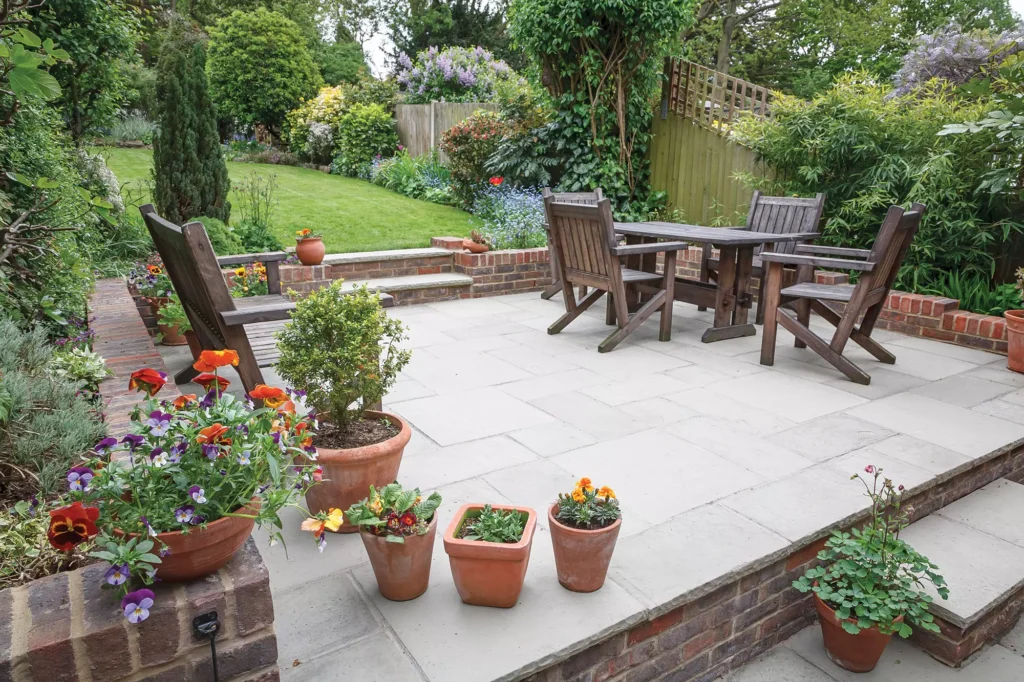
It’s important to focus your renovation investment on aspects of the property that will increase its value. Kitchens, bathrooms and useable outdoor space are always top of the list. Photo: istock.com/Paul Maguire
Inside, key areas to upkeep are the kitchen and bathrooms. Keep layouts simple and fuss-free, and invest in quality functional items that future buyers will take note of. Well kept, landscaped gardens and outdoor seating areas are also important, so don’t overlook this.
It doesn’t mean you need to build-in a pizza oven and install a water feature, but having a clean patio and a healthy lawn is hugely attractive.
Read More: 15 Ways to Boost Your Home’s Kerb Appeal
The fact is that renovation is expensive. So, spend your hard earned cash on something you’re confident will come out looking good. Just because you have an eye for detail and a strong aesthetic opinion doesn’t mean you have the technical skills to match – and you could end up creating an uncomfortable home that lacks light and has poor proportions.
A good architect or design professional will take your ideas and craft them into a workable project that fits your lifestyle and budget. Go and meet a number of prospective companies to ensure they are a good fit for you, that you communicate well and have the same priorities.
More often than not, the key to a successful renovation is having the right tradespeople on board. But finding them can be a minefield. Before hiring someone, make sure you have references – talk to previous clients and discuss their experiences, and try to go and see their work.
Don’t pick someone just because they offer you the best price, especially if it is significantly lower than other quotes – also, if timescales sound too good to be true, they probably are. Good professionals are worth the money, and you’ll probably have to wait for them to be free for your job (a good contractor is a busy contractor).
Learn More: Finding Good Trades for Your Home Building or Renovating Projects
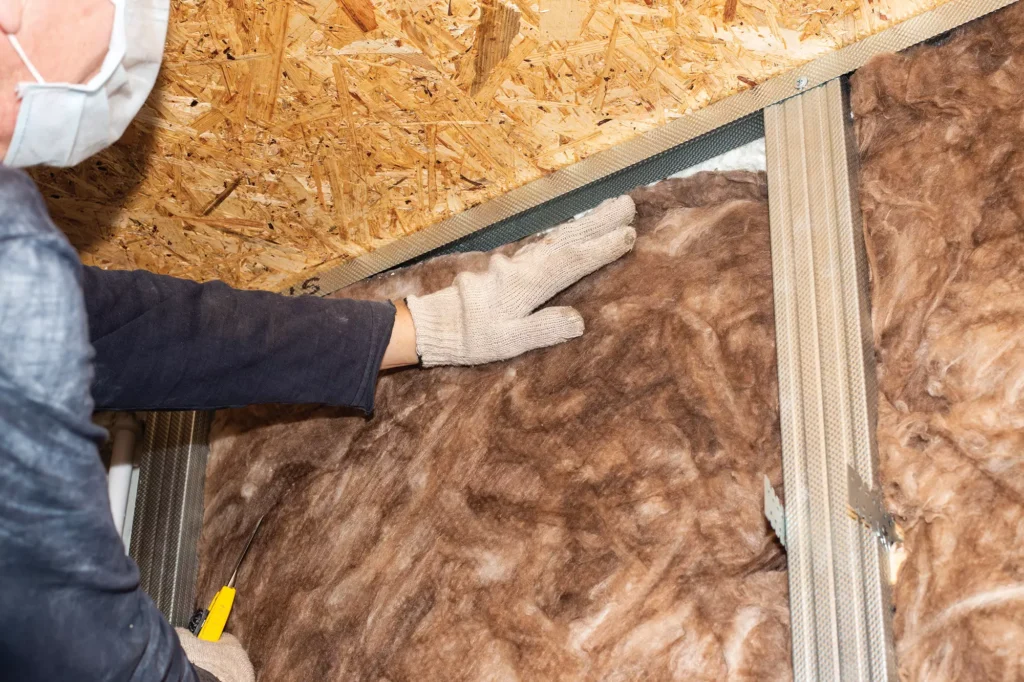
Before you start planning your interior scheme, furnishings and fittings, it’s essential that you improve the core of your home first. Look at the structure as well as insulation and other aspects of energy efficiency as a priority. Photo: istock.com/Natalia Kokhanova
Make sure you have a good building contract in place; it will protect you and your professional, helping with any disputes and offering clarity if issues arise during the project. It’s good practise to put a contract in place with anybody that you employ – from designers through to builders and decorators.
Get things in writing and make sure your document sets out a schedule of how much the work will cost, the expected dates of delivery, exactly what the professional is responsible for and when payments are due.
CASE STUDY: 1700s Stone Barn Transformed into Family HomeRachel and Gareth Black bought this dilapidated 1700s barn in Northumberland after struggling to find the perfect home. The couple remodelled the property through rebuilding the old lean-to extension and have opened up the ground floor to create an open-plan living space.
|
If you are super organised and have time, taking on the role of project manager can save you money and be hugely enjoyable. But, if you are a novice, don’t be fooled into thinking it’s a simple task. You could end up doing some of the job yourself, like hiring trades, but not accounting for the follow up.
Ask yourself, do you have the time to visit the site everyday? Do you have the tenacity to hire and fire people? Can you spot someone cutting corners? If the answer is no, then getting in a professional project manager who oversees every stage of construction can be a godsend.
Read More: 10 Top Tips for Project Managing Your Self Build or Renovation
It’s annoying, but looking over works at the end of the building work is part of the process, and irritating elements that arise after you feel the project has finished could drive you to distraction. So, be organised! Keep hold of all your documentation, contacts, emails, invoices and receipts.
If something has gone wrong, or you aren’t happy with something, then let the relevant professional know as soon as possible. Make sure you have all the documentation ready to show them should they need it. Don’t try and resolve the issue yourself – you could make it worse and then you can’t fall back on the professional to fix it within their contract.
See real-life renovations from our readers, complete with total costs and stories: Readers’ Homes Renovation Projects

